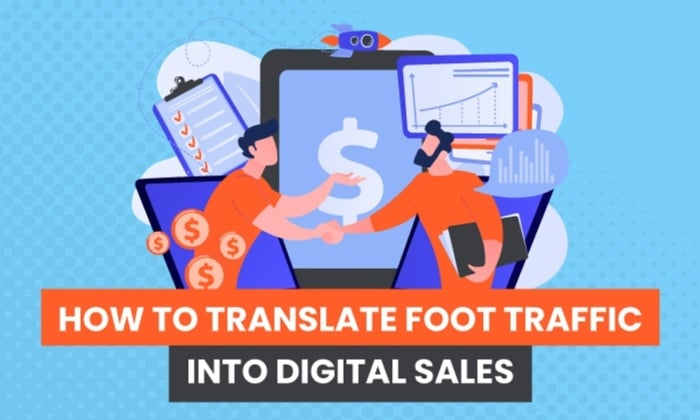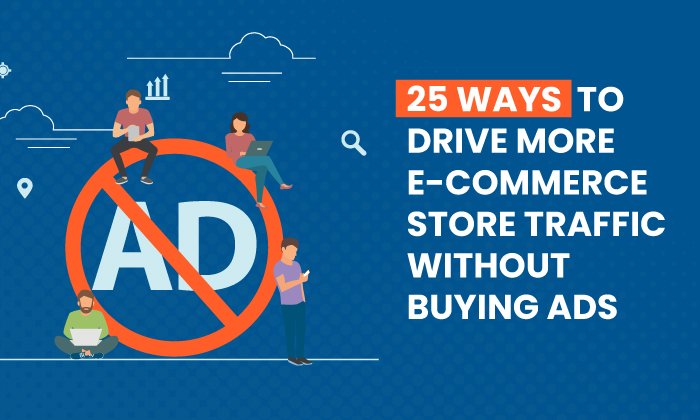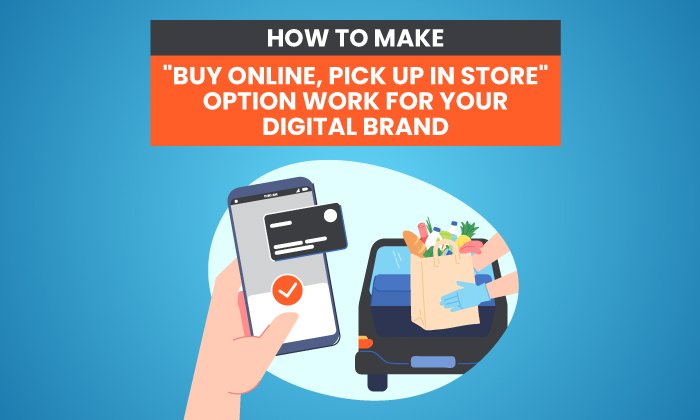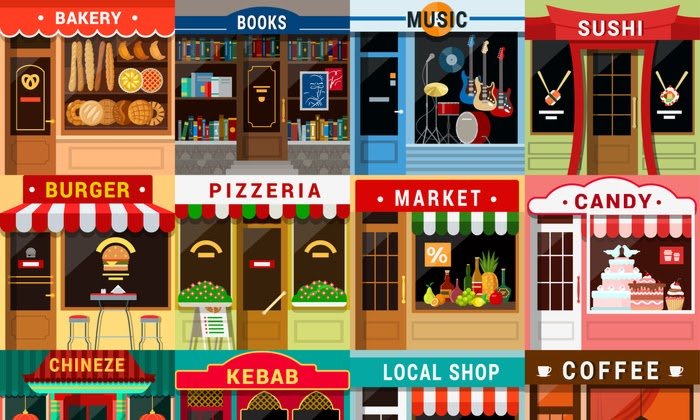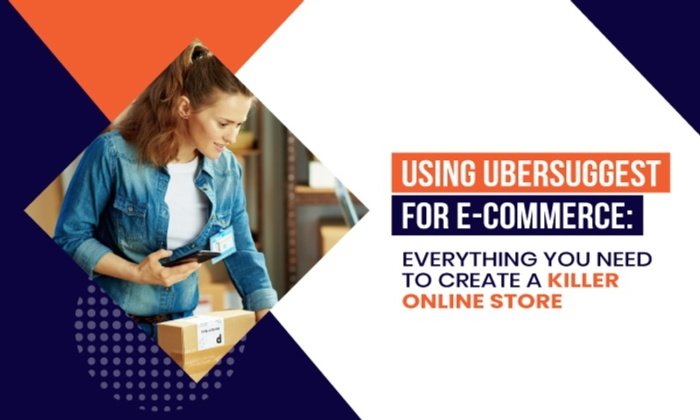How to Translate Foot Traffic Into Digital Sales
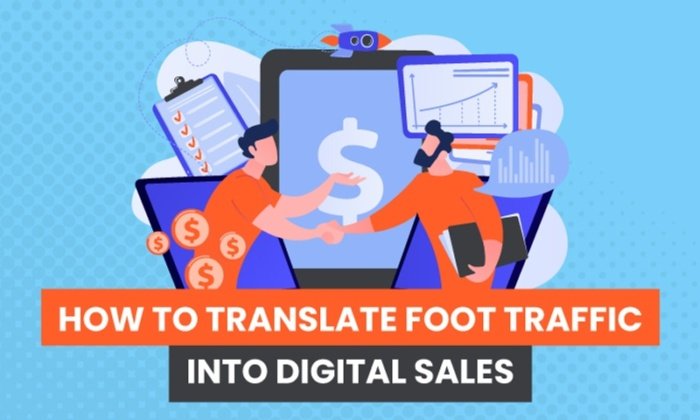
By Neil Patel
As an entrepreneur, the move towards e-commerce and digital transformation shouldn’t pass you by. The good news is that as a brick-and-mortar business owner, you can promote your website to the foot traffic in and around your store to aid your online visibility and increase digital sales.
Perhaps your biggest advantage is you don’t need to spend quite so long building the relationships that turn people into buyers: you’ve already done that.
Shoppers coming into your store know you, trust you, and are more likely to purchase from you. Also, the surrounding foot traffic is at least familiar with your business, even if they haven’t bought anything from you yet.
Now comes the question: How do you turn your foot traffic into more digital sales?
Whether your website is fresh up or you’ve been running your website for some time, the techniques featured in this article are open to everyone.
First, let’s look at the two main different types of retail traffic along with their advantages and disadvantages.
Foot Traffic Vs. Online Traffic: What Are the Pros and Cons
When we talk about foot traffic, we mean the number of people coming into your store and those who walk nearby. It has always been an important measure of retail success, and naturally, the more foot traffic an area has, the more chances there are to make sales.
Each type of traffic has its pros and cons.
With regular foot traffic, the advantages are it:
- allows businesses to see and interact with customers personally
- can generate word-of-mouth advertising and, in turn, repeat customers through recommendations
- enables face-to-face sales, which many consumers are more comfortable with
- allows customers to ask questions directly and get immediate answers
However, there are also disadvantages to foot traffic. The most significant disadvantage is the decline. According to RetailNext, recent Black Friday figures were down 48 percent, and this is a trend that’s likely to continue as more consumers turn to e-commerce.
There are other disadvantages too, such as:
- It’s weather dependent. Fewer shoppers are out about when the weather’s bad or the heat’s too intense.
- There are declining brick-and-mortar sales.
Consumers who use e-commerce benefit from the convenience and special offers available online. However, the growth in online sales is good for website owners too.
The main advantages of online traffic include:
- There’s a constant flow of visitors to your store anytime, even when you’re sleeping.
- It provides targeted reach.
- There are little to no geographical limitations.
- Tracking allows you to spot patterns and refine your marketing strategy.
Disadvantages of online traffic include:
- It takes time to get established online.
- There is over-reliance on technology.
- Changing algorithms mean you can lose your position in search engines.
- It costs money to keep getting fresh visitors to your store.
8 Ways to Convert Foot Traffic Into Digital Sales
No store owner can afford to ignore the potential of digital sales. E-commerce has dominated the retail sector for years now, and that’s not …read more
Source:: Kiss Metrics Blog

